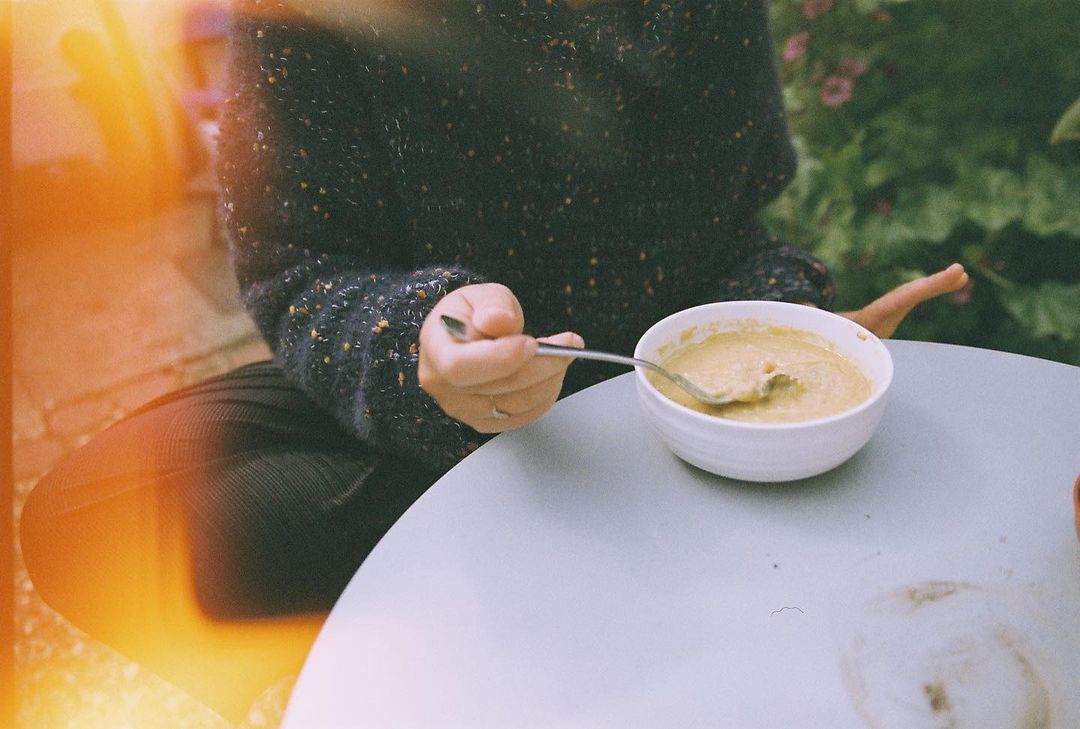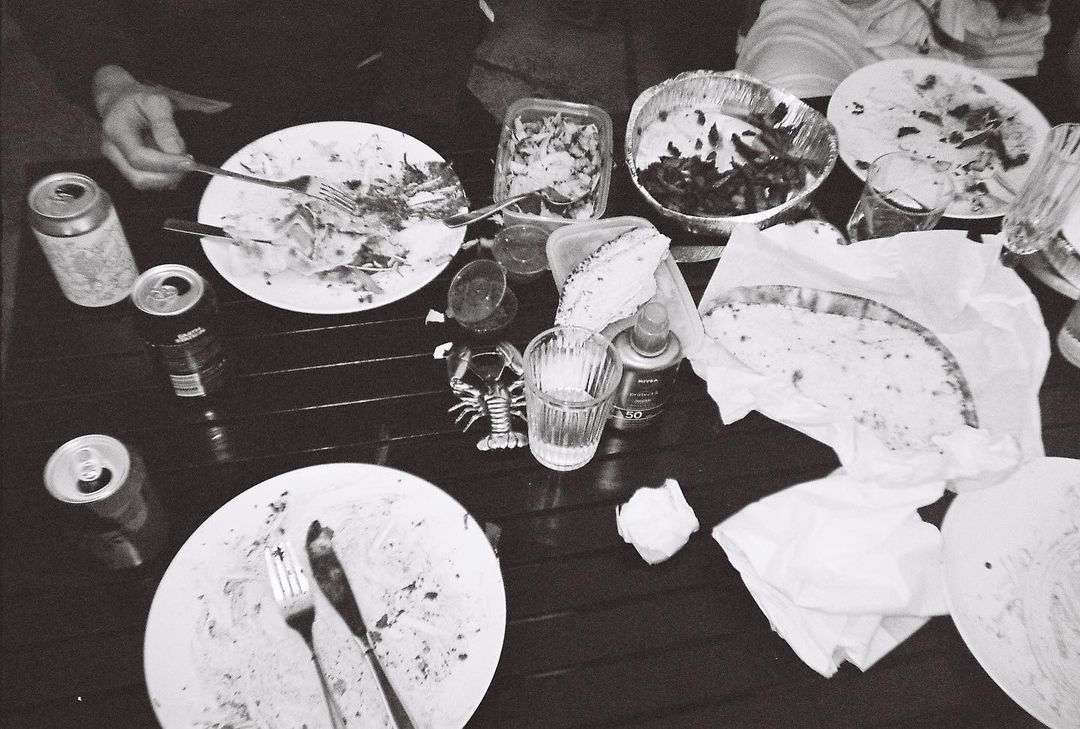With the exception of those weirdos like the finger lime, all other citrus fruits are derived from natural and, before long, artificial crossbreeding, and then crossbreeding the crossbreeds, and so on, of those three fruits. Mix certain pomelos and certain mandarins and you get a sour orange. Cross that sour orange with a citron and you get a lemon. It’s a little bit like blending and reblending primary colors. Grapefruit is a mix between the pomelo—a base fruit—and a sweet orange, which itself is a hybrid of pomelo and mandarin.
Because those base fruits are all native to Asia, the vast majority of hybrid citrus fruits are also from Asia. Grapefruit, however, is not. In fact, the grapefruit was first found a world away, in Barbados, probably in the mid-1600s. The early days of the grapefruit are plagued by mystery. Citrus trees had been planted casually by Europeans all over the West Indies, with hybrids springing up all over the place, and very little documentation of who planted what, and which mixed with which. Citrus, see, naturally hybridizes when two varieties are planted near each other. Careful growers, even back in the 1600s, used tactics like spacing and grafting (in which part of one tree is attached to the rootstock of another) to avoid hybridizing. In the West Indies, at the time, nobody bothered. They just planted stuff.
— Grapefruit Is One of the Weirdest Fruits on the Planet, Dan Nosowitz in Atlas Obscura

